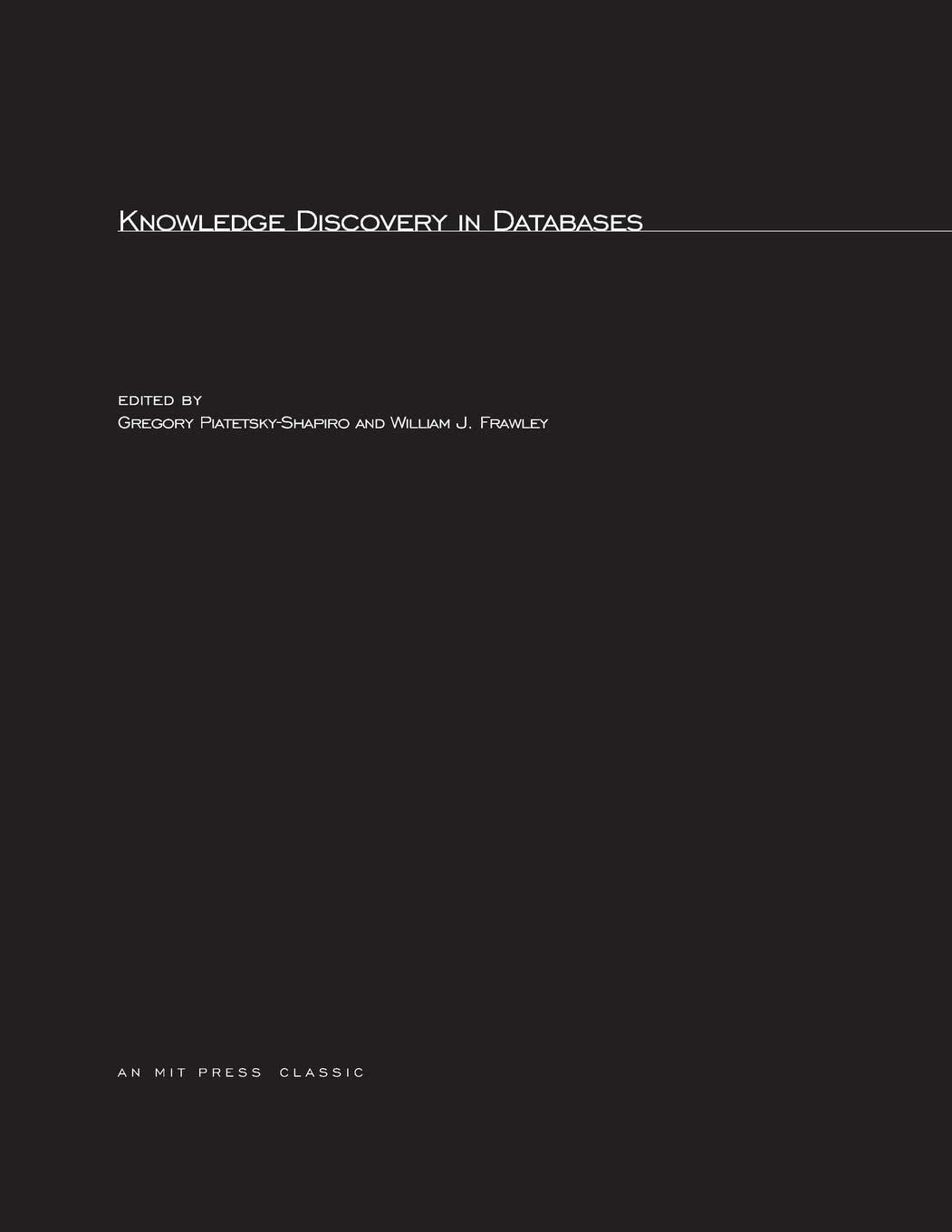Answered step by step
Verified Expert Solution
Question
1 Approved Answer
Please help with C + + code! Here is the assignment and what I have so far...interval _ map is a data structure that associates
Please help with C code! Here is the assignment and what I have so far...intervalmap is a data structure that associates keys of type K with values of type V It is designed to be used efficiently in situations where intervals of consecutive keys are associated with the same value. Your task is to implement the assign member function of this data structure, which is outlined below.
intervalmap is implemented on top of std::map. For more information on std::map, you may refer to cppreference.com.
Each keyvaluepair kv in intervalmap::mmap means that the value v is associated with all keys from k including to the next key excluding in mmap. The member intervalmap::mvalBegin holds the value that is associated with all keys less than the first key in mmap.
Example: Let M be an instance of intervalmap where
MmvalBeginA
MmmapBA
Then M represents the mapping
A
A
A
B
B
A
A
A
The representation in the std::map must be canonical, that is consecutive map entries must not contain the same value: AA is not allowed. Likewise, the first entry in mmap must not contain the same value as mvalBegin. Initially, the whole range of K is associated with a given initial value, passed to the constructor of the intervalmap data structure.
Key type K
besides being copyable and assignable, is lessthan comparable via operator and
does not implement any other operations, in particular no equality comparison or arithmetic operators.
Value type V
besides being copyable and assignable, is equalitycomparable via operator and
does not implement any other operations.
You are given the following source code:
#include
template
class intervalmap
friend void IntervalMapTest;
V mvalBegin;
std::map mmap;
public:
constructor associates whole range of K with val
intervalmapV const& val
: mvalBeginval
Assign value val to interval keyBegin keyEnd
Overwrite previous values in this interval.
Conforming to the C Standard Library conventions, the interval
includes keyBegin, but excludes keyEnd.
If keyBegin keyEnd this designates an empty interval,
and assign must do nothing.
void assign K const& keyBegin, K const& keyEnd, V const& val
lookup of the value associated with key
V const& operator K const& key const
auto itmmap.upperboundkey;
ifitmmap.begin
return mvalBegin;
else
return itsecond;
;
Many solutions we receive are incorrect. Consider using a randomized test
to discover the cases that your implementation does not handle correctly.
We recommend to implement a test function that tests the functionality of
the intervalmap, for example using a map of int intervals to char.
Your task is to implement the function assign. Your implementation is graded by the following criteria in this order:
Type requirements are met: You must adhere to the specification of the key and value type given above.
Correctness: Your program should produce a working intervalmap with the behavior described above. In particular, pay attention to the validity of iterators. It is illegal to dereference end iterators. Consider using a checking STL implementation such as the one shipped with Visual C or GCC
Canonicity: The representation in mmap must be canonical.
Running time: Imagine your implementation is part of a library, so it should be bigO optimal. In addition:
Do not make bigO more operations on K and V than necessary because you do not know how fast operations on KV are; remember that constructions, destructions and assignments are operations as well.
Do not make more than one operation of amortized Olog N in contrast to O running time, where N is the number of elements in mmap.
Otherwise favor simplicity over minor speed improvements.PlePl
Step by Step Solution
There are 3 Steps involved in it
Step: 1

Get Instant Access to Expert-Tailored Solutions
See step-by-step solutions with expert insights and AI powered tools for academic success
Step: 2

Step: 3

Ace Your Homework with AI
Get the answers you need in no time with our AI-driven, step-by-step assistance
Get Started


